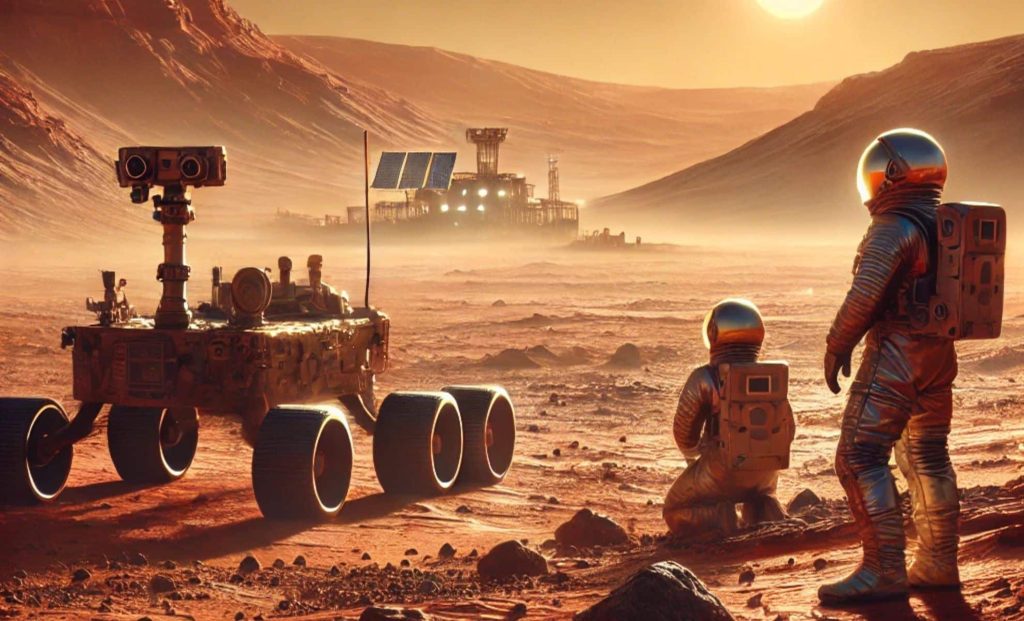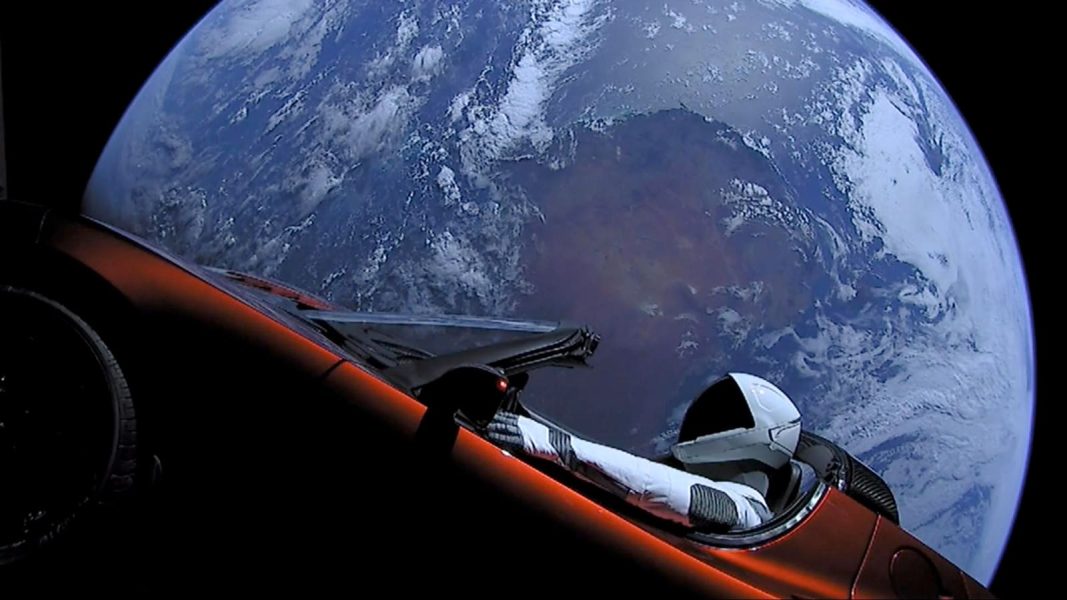Could the US Land Astronauts on Mars by 2029? A Bold Goal That Might Be Closer Than We Think – The Daily Galaxy –Great Discoveries Channel

Is it really possible for astronauts to land on Mars by 2029? President Donald Trump has set an ambitious goal of sending humans to Mars within the next four years, but the challenges involved in getting there remain immense. SpaceX’s Starship, fuel production, radiation protection, and life support systems must all be perfected before such a mission could occur. Recently, President Donald Trump announced an ambitious goal to land astronauts on Mars by the end of his presidential term, targeting 2029. While this might seem like a bold vision, many experts are questioning its feasibility. As space exploration has seen major advances, including SpaceX’s development of the Starship rocket, the technology required for a crewed mission to Mars remains far from ready. The challenges involved, from fuel production to crew health risks, are immense. So, is landing astronauts on Mars by 2029 realistically possible, or will it remain a pipe dream?While President Trump’s vision hinges heavily on SpaceX’s Starship, which is still in development, experts are raising concerns over the technical, economic, and logistical obstacles involved. The timeline for Starship’s successful launch and crewed missions to Mars is highly ambitious, with SpaceX targeting uncrewed missions to Mars as early as 2026, and hopes to send astronauts by 2028.However, there are many unresolved challenges, including questions about reliable fuel production, sustainable life-support systems, and the harsh radiation exposure that astronauts would face on the way to Mars. Despite SpaceX’s successes, the technology required for sustaining human life on Mars has yet to be perfected.SpaceX’s Starship rocket has garnered much attention as the key vehicle for Mars missions. It has already made progress with its early test flights, and its design aims to carry large payloads to Mars. However, the Starship’s current limitations in terms of payload capacity and the required fuel for a Mars mission are considerable. SpaceX plans to send uncrewed missions to Mars by 2026 with hopes of carrying out crewed missions by 2028, but the scale of the technology development needed for this to happen in such a short timeframe is immense.The payload requirements for a successful mission to Mars are a major obstacle. Including astronauts, equipment, food, water, and fuel, the mass of a Mars-bound mission exceeds the capacity of a single flight by Starship. The mass of consumables—such as fuel, food, air, and water—presents a massive challenge. The closed-loop system of recycling these consumables for the crew could be part of the solution, but even this approach requires substantial advances in technology and infrastructure.A significant challenge to getting astronauts to Mars—and back—is ensuring there is enough fuel for the round-trip journey. While some missions could carry fuel to Mars, the idea of creating fuel in situ from the Martian environment (known as In Situ Resource Utilization, or ISRU) is appealing but remains largely untested. There are also serious health risks related to the journey, such as radiation exposure, which could be harmful to astronauts during the six-month journey to Mars. Ensuring that astronauts are protected from cosmic radiation and solar flare events is a task that space agencies have yet to fully solve.To solve the issue of fuel, SpaceX plans to use ISRU to produce methane and oxygen on Mars from its atmosphere, but the technology to do so on a large scale is still being developed. These production systems must be in place well ahead of crewed missions to ensure that astronauts can fuel their return journey. Additionally, radiation protection on long-duration flights is another problem that still needs solving. Experts agree that building radiation shielding and ensuring astronauts’ health on such long missions will be a critical factor in the success of any Mars mission.Despite these significant challenges, there are some experts who believe the goal of a Mars mission by 2029 is not impossible. One recommendation is to launch uncrewed missions to test and refine life support systems and fuel production techniques before attempting a crewed mission. Another possibility is to send cargo missions ahead of time, which would establish infrastructure on Mars and prepare for astronaut arrival.Though Trump’s 2029 timeline may be optimistic, experts believe that with international collaboration, advanced technological development, and a concerted effort, a crewed Mars mission could be within reach by the 2030s. Ultimately, if the technology gap can be bridged and the necessary systems are put in place, humanity could indeed make its mark on the Red Planet.Got a reaction? Share your thoughts in the commentsEnjoyed this article? Subscribe to our free newsletter for engaging stories, exclusive content, and the latest news.“There are some experts who believe … ” followed by things that are not possible in that time widow. There are two transit windows, and the Starship isn’t even operational yet. Multiple first-try cargo landings in a tight cluster, loaded with technology that hasn’t been developed or tested yet, is not going to happen next year. The human side of it is that much less possible. But Trump and Musk just say stuff, and people have to pretend to think it over, like it’s real.Comment Save my name, email, and website in this browser for the next time I comment.
© 2024 | Daily Galaxy | All rights reserved
Source: https://dailygalaxy.com/2025/02/us-land-astronauts-on-mars-2029-bold-goal/






